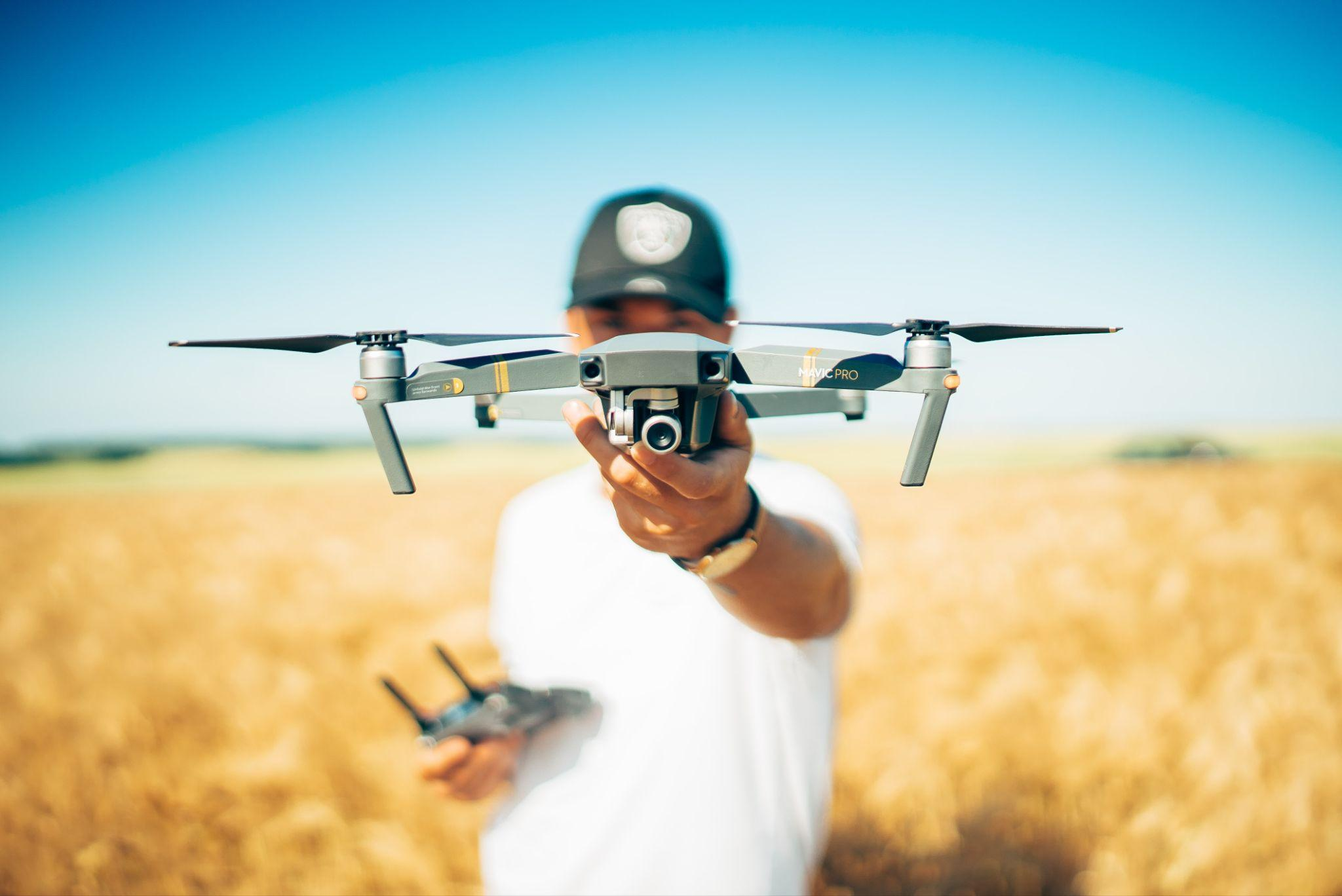Drones have become increasingly popular in recent years thanks to their easy-to-use design and relatively affordable cost. You can control your drone with an iPhone or other mobile device with the proper setup.
Important Tips to Set Up Drone Control via an iPhone
1. Get a compatible model
Confirm that the desired drone is compatible with your iPhone by checking the manufacturer’s website for compatibility information.
It is also worthwhile to check whether the drone works with Apple devices in general.
If you, for example, own a MacBook and want to transfer footage to it to unarchive the files using a Mac RAR file extractor, you might run into some issues.
Weigh all the options. If compatibility does not exist, consider buying a different model that does work with your phone and other devices.
2. Install the app
To access many of the features available for controlling your drone, you’ll need to install the appropriate app on your iPhone.
The type of app will depend on the specific model you’re using, so make sure to check for any special installation instructions from the manufacturer before downloading and installing it on your phone.
3. Connect devices
Once the app is installed on your smartphone, follow the instructions within it to connect it to your drone over Wi-Fi or Bluetooth, depending on what is available with your particular model.
Make sure both devices are turned on and properly connected before proceeding further with the setup or operation of the drone controller via an iPhone.
4. Learn basic functions
Start by familiarizing yourself with how to take off and land using only the iPhone as a controller.
Many models also come equipped with other features, such as obstacle avoidance and gesture recognition which allow you to control certain aspects of flight without having to use a physical controller at all.
Spend some time getting accustomed to these features in order to get comfortable using them during actual flights later on down the line.
5. Practice safety first
As with any type of flying device operated remotely, safety should be taken into consideration when controlling a drone via a smartphone.
Ensure there are no people in close proximity when flying, and always look up local regulations regarding drones before operating in any given area so as to avoid running afoul of any laws or regulations related to unmanned aircraft systems (UAS).
6. Calibrate sensors
Before taking off for longer trips, confirm that the calibration is in order.
Doing so means that they can communicate accurately with one another while keeping their respective systems running smoothly together throughout flight time away from home base station power sources, like USB chargers or wall outlets nearby where applicable (e.g., when using multiple batteries).
7. Use an external controller
Many professional users opt for upgrading their system components by adding additional hardware, such as an external transmitter/controller.
The upgrades give more precise control over operations than just relying solely upon an iPhone’s touchscreen interface alone could offer.
This may be especially desirable if you plan on doing more advanced maneuvers such as aerial photography or videography work, where precision maneuvering is key for successful results in terms of capturing stunning content worth sharing afterward.
8. Keep software updated
Make sure that all apps associated with controlling a drone via an iPhone are kept up-to-date in order to avoid conflicts between different versions present within either device itself.
This also helps keep things working as expected random crashes occurring mid-flight due to outdated OS, for example.
9. Follow instructions
Pay attention to all instructions given during the setup and operation of a drone controlled via your smartphone.
Missteps here could lead to failure and possible damage resulting thereof, so practice caution when utilizing this technology accordingly.
10. Utilize tutorials
Consider taking advantage of tutorial videos covering topics related specifically to accessing various options available through apps that are developed for drone control.
11. Monitor battery life
Always keep track of battery life remaining within both devices since sudden changes here could result not only in failure mid-flight but possibly a crash landing scenario altogether.
Monitor progress periodically throughout flight time accordingly, making necessary adjustments if necessary.
Closing Thoughts
It might take some time to get used to operating drones via iPhones, but once you have mastered all these tips, you will find it much easier than ever before.
From calibration issues to monitoring battery levels, setting up controls through iPhones can be done successfully, provided the necessary steps are followed along the way, ultimately helping you achieve the desired results.

